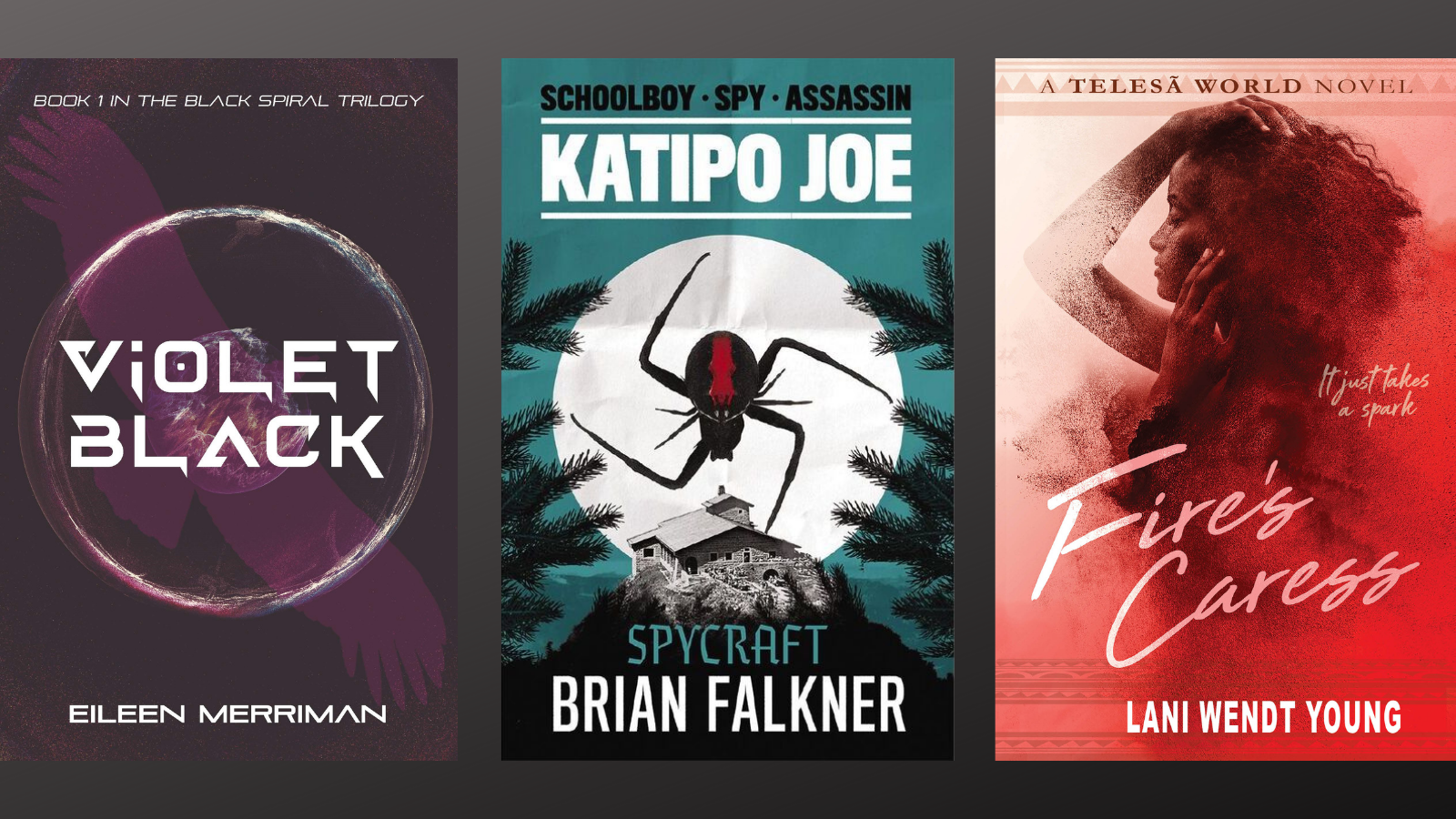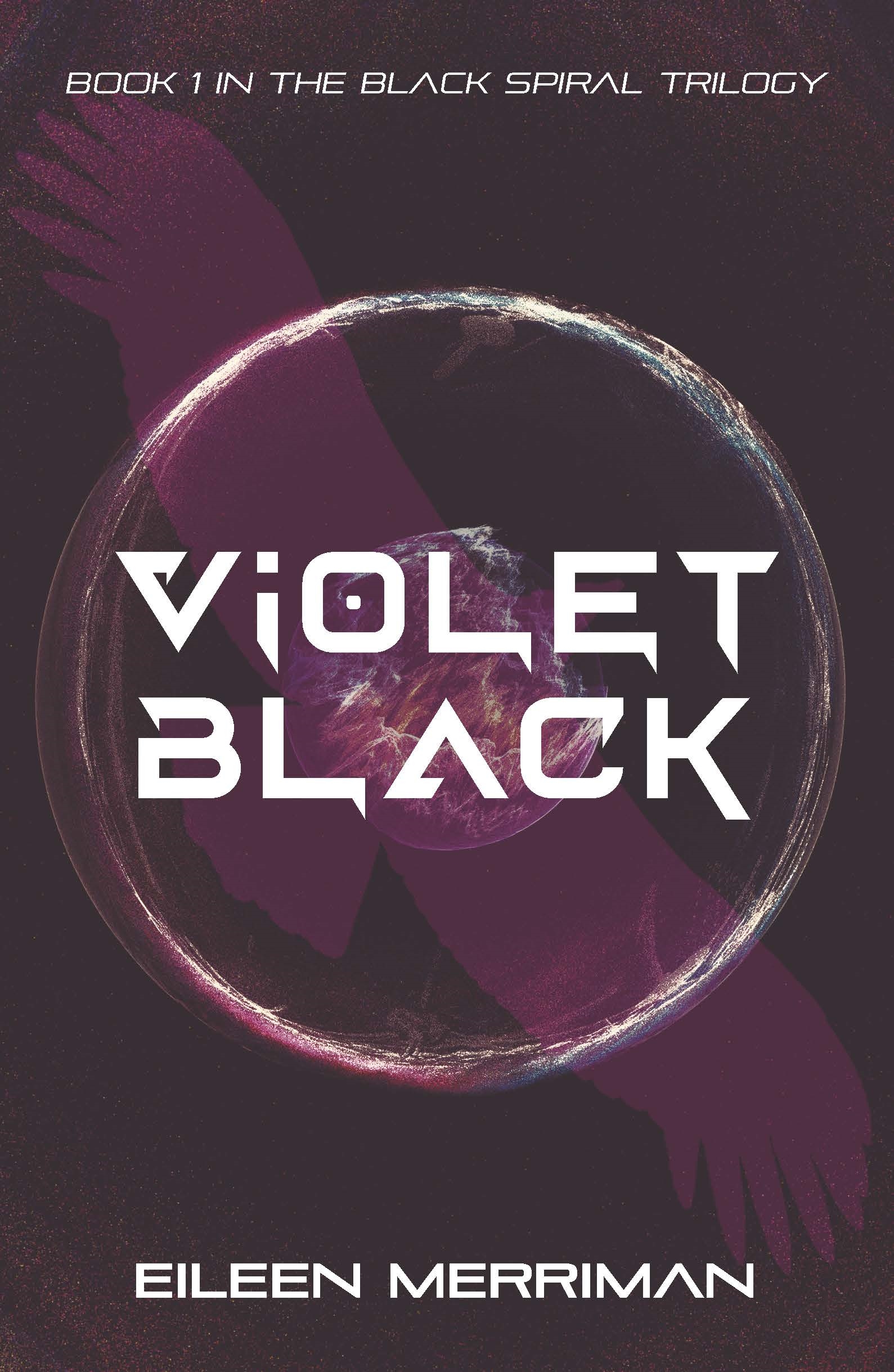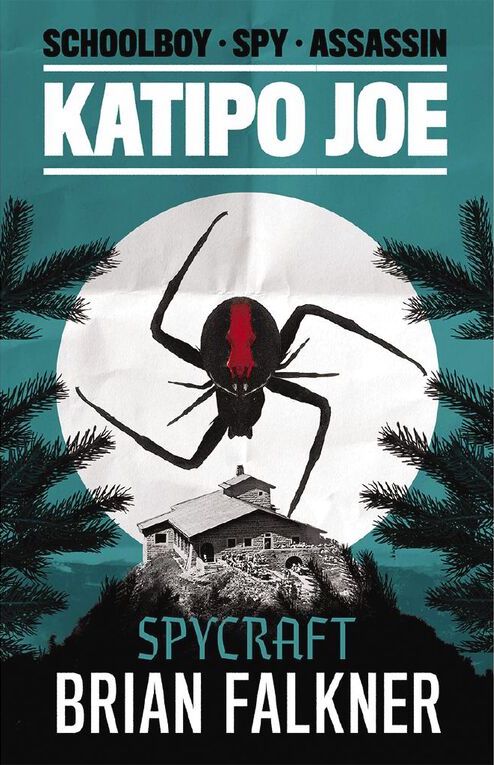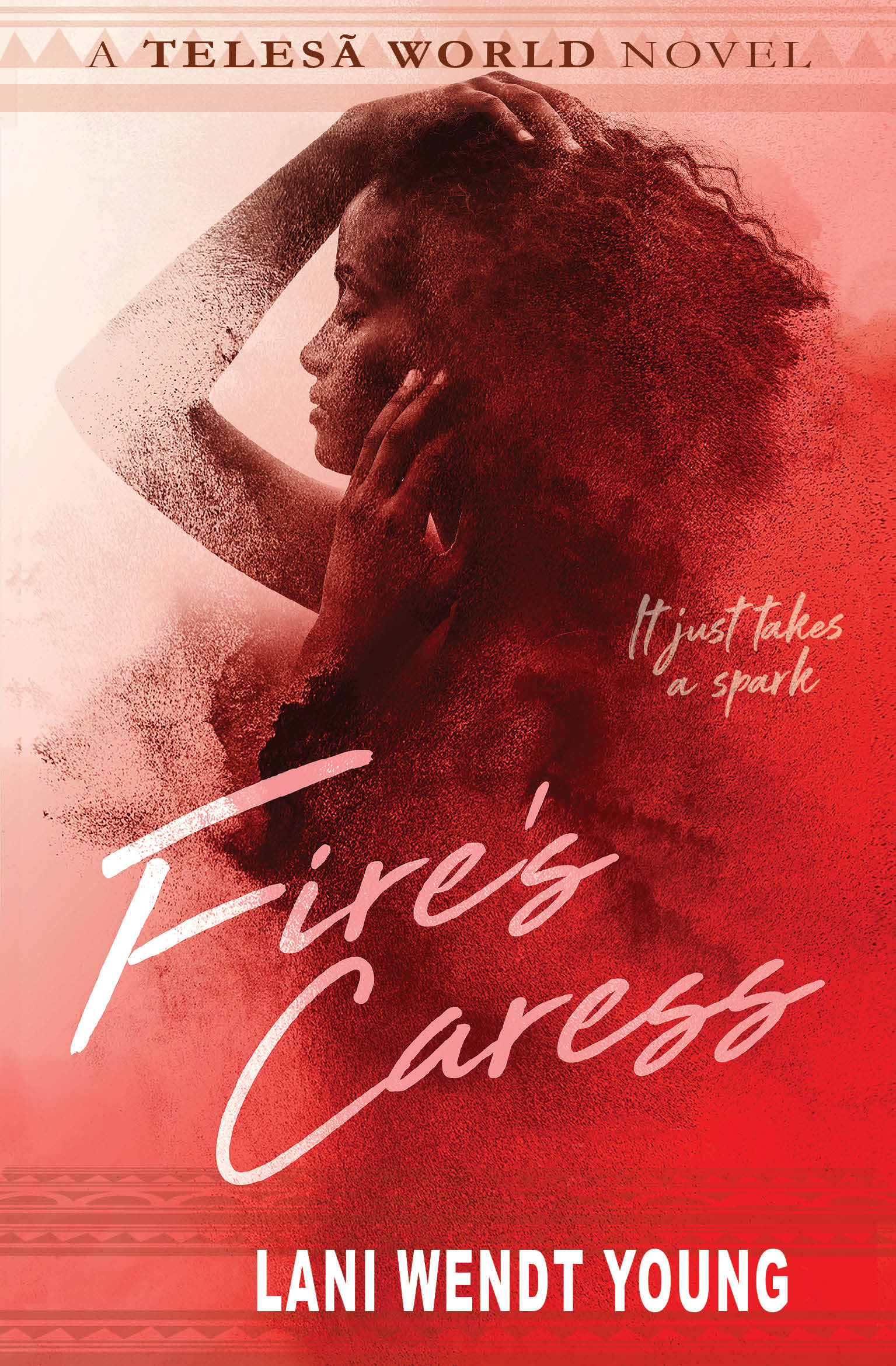There’s never a bad time to be a young adult reader, because the world is full of wonderful treats, whether new or old. But it’s an especially good time to be a young adult reader when there are new titles out from some much lauded and beloved masters of the craft: in this case, Susette Goldsmith has reviewed new titles from Brian Falkner and Lani Wendt Young, and a just-around-the-corner title from Eileen Merriman. History, dystopia, fantasy – take your pick!

Violet Black by Eileen Merriman (Penguin NZ)
Here’s the plot: girl (Violet) and boy (Ethan) are both in comas in the same Auckland hospital; the two seventeen-year-olds meet and fall in love; they become separated, connected, separated again; a third-party love interest emerges; mental and physical challenges abound; the Violet-Ethan relationship is doomed. Classic YA stuff. But what elevates the plot is its context. This is a dystopian Auckland – kauri dieback has ravaged the trees almost to extinction; bee vermin have almost wiped out the bees and honey; bananas are scarce and cost $15 each. It’s a city in the near future where multi-coloured drones whizz around delivering mail and pizzas; shopping is all online; travel is by self-driving Zubers; parliament has shifted from Wellington to Auckland’s half-kilometre-high Sun Tower; and, most alarmingly, all the schools have closed.
Classic YA stuff. But what elevates the plot is its context.
Violet Black is part of the fast-growing library of books about a pandemic. Violet and Ethan are survivors of M-fever, a mutated form of the measles virus that “could turn into a pandemic that will make COVID-19 look like a common cold”, and has already cost 300 deaths in New Zealand. There is no vaccine but there are anti-vaxxers who need to be prevented from sabotaging vaccine research and the threat of biological warfare. Enter members of the International Terrorism Agency (ITA) who enlist (or more accurately, coerce) Violet, Ethan and a group of other teenage survivors of M-fever, all of whose families believe they have died, to fight the enemy. Their secret weapon – telepathy. Since contracting and recovering from M-fever, each of the group can “think-say” i.e. communicate without speaking, “dream flow” i.e. shape shift and travel in and out of reality, hear other people’s thoughts, and learn languages and solve puzzles at record speed. The mission for the teenage Virally Optimised Telepaths group (VORTEX) is to hunt down the anti-vaxxers, prevent biological warfare and save the world. But there are complications and challenges—of course—self-doubt, threats, violence, deaths and a growing suspicion that the sinister and manipulative ITA might not be all it seems.
There is no vaccine but there are anti-vaxxers who need to be prevented from sabotaging vaccine research and the threat of biological warfare.
Violet Black is book one of Eileen Merriman’s Black Spiral Trilogy and of necessity leaves questions unanswered and new challenges unmet. It’s a fast-paced, first-person account of events in alternating chapters related by Violet and Ethan with a couple of morals laced into the story: teenage sex is OK as long as there’s contraception and vaccines are good but anti-vaxxers are bad. The action shifts smoothly from Auckland to Australia to Germany and back to Australia, and a character list at the front of the book ensures readers can keep track of who’s who. Black Wolf is the next book in the trilogy and will be published on 1 September this year followed by Black Spiral next year in March.

Katipo Joe #2: Spycraft by Brian Falkner (Scholastic NZ)
You know you’re in the hands of a master storyteller when you find a glossary, a set of historical photographs and a bibliography at the back of the book, plus a web link for discussion of “the fact vs fiction elements of this story” at the front. This is a World War II adventure story stitched so firmly into the context of Nazi Germany of 1941 that you could almost be convinced that it’s true. Almost.
Fifteen-year-old New Zealander Katipo (codename) Joe St George who grew up in Berlin is on a mission to find his diplomat-cum-British spy mother who has returned to Germany but has lost contact with British Intelligence – or so he thinks. In fact, his assignment becomes much more complex as he infiltrates the Hitler Youth movement becoming part of an elite group of teenage boys and girls competing for parts in a propaganda film and vying for the approval of Hitler himself. “Welcome to the machinations of military intelligence … Wheels within wheels and circles within circles. Nothing is what it seems. Get used to it,” Joe’s contact in Germany tells him. He does. And between 26 May and 5 June 1941 he attempts to foil the Nazis and their plan to invade Britain, and to find his mother.
[Joe] is on a mission to find his diplomat-cum-British spy mother who has returned to Germany but has lost contact with British Intelligence – or so he thinks.
People on both sides of the conflict die, however, the violence is never gratuitous but compelling, and there’s a hint of romance that leavens the tension. There are subplots, well developed minor characters and a running collection of excerpts from “the memoirs of Joseph (Katipo) St George” that preface chapters and add structure and a moral dimension to the story. “If we think of them only as monsters and demons, we may lose sight of the fact that they were very much like you and I. They had the same number of eyes, ears and limbs. If we forget what humans are capable of, we risk it happening all over again.”
There are references to people and happenings from the previous Katipo Joe book in the series and sufficient possibilities for the next volume of adventure. There are also some nice touches for Kiwi readers: “You never name the lambs,” Joe reminds himself as he steels himself to kill the girl whom he likes but suspects will betray him. Details like the U-boat stench of “forty or so unwashed men stuck in a closed tin can for a few weeks” are surprising and informative, and the everyday scene of swastika flag-waving children chasing each other through excited sightseers beside a hotel guarded by Gestapo officers is chilling.
There are also some nice touches for Kiwi readers: “You never name the lambs”…
But Falkner is at his best in the full-on, nail-biting action sections. Chapter one’s description of Joe’s abandoning of the now uncontrollably spinning Halifax bomber that has returned him to Germany, and the near calamity of ‘hide and seek’ in the Nazi Party’s Eagle’s Nest in chapter 16 are riveting. In the end, Joe rescues his mother and sees her on her way to Yugoslavia and, presumably to safety. Joe, however, has unfinished work and another book to be written, and heads back ‘into the heart of the beast’.

Fire’s Caress by Lani Wendt Young (OneTree House)
Fans of Lani Wendt Young’s Telesā YA fantasy romance series will be pleased with this new novel. Fire’s Caress is very much in the mould of her previous books – beautiful young people destined to fall in love once they have overcome the challenges of an antihero with evil intentions and the interference/assistance of the mysterious Telesā Samoan spirit women. Heroic characters Teuila and Keahi are the next generation and Leila and Daniel – whose stories preface the series – are now benevolent shadows in the background of this exciting, racy plot. There are no surprises with the writing style either, with similarly rich and detailed descriptive passages that set the idyllic Pacific scene with its “gently pulsing sound of life, of earth”, “dozing flower buds”, “feather-light breezes” and clouds of butterflies.
…rich and detailed descriptive passages that set the idyllic Pacific scene with its “gently pulsing sound of life, of earth”, “dozing flower buds”, “feather-light breezes” and clouds of butterflies.
Nor is there a shortage of description applied to the main characters. Teuila is a hot new and “brilliant sculptor”, “achingly beautiful” and an amalgam of “wildness and mystery”, with “a mass of riotous curls framing her face”. She carries herself, thanks to her martial arts training, “with the grace and coiled strength of a person in tune with her body”. Keahi is pretty well tuned too. He’s a two-time, Oscar-winning movie star and an MMA (mixed martial arts) fighter who moves “with a compact power and strength that simmers with restrained fury”. With “muscled symmetry of his arms and neck covered in Pasifika tattoo marking” and “faint scar tissue underneath”, “no one could mistake Keahi for anything but a man of wrath”. Both have unresolved troubles that haunt them, they share a friendship that occurred ten years ago, and each has magical powers. By page 60 it’s abundantly clear that these two were made for each other. But blocking the way is one large and evil hurdle – Marc Gold, a wealthy American businessman who is tall blonde and broad with “granite features” and “emanates an assured power cloaked in an air of reserved elegance as if he might say, ‘Bond, James Bond …’. And so, the story unfolds.
In “the new age of Covid”, billionaire Marc plans to build a virus-free, totally private and secure luxury resort in Samoa for super-wealthy tourists. There’s a hitch in the scheme as the site houses important remnants of an ancient settlement of the Aitu Samoan spirit people. There are protesters at the gates of the development and vicious retribution from the Telesā women but Marc is ruthless and determined to achieve his vision. Nothing will stand in his way, including innocent people and the Samoan culture and environment, as he sets about building his resort and imprisoning Teuila to take advantage of her magical powers.
There’s a hitch in the scheme as the site houses important remnants of an ancient settlement of the Aitu Samoan spirit people.
Keahi to the rescue. Unleashing his supernatural fire-power, he hurls balls of flame and a burning chain at Marc who (confusingly for this reader) has been given his own super-human abilities by the Telesā and efficiently subdues Keahi. But neither of the men have reckoned with Teuila who calls up her very special magic to save Keahi and calls on Fanua, the god of earth, for her help. What follows is a barrage of rocks, bees and snakes aimed at Marc and the arrival of a supreme Aitu who takes him with her into the forest where “no human would ever see him again”. That should be the end of it. But with another 60 pages to go there are more relationship matters for Keahi and Teuila to sort out, and just when you think you’ve reached the finale, there’s another chapter “one year later” followed by a further chapter “another year later” and finally the (almost) satisfying conclusion you knew would happen all along:
“Teuila looked up at Keahi as they walked together through her exhibition. She didn’t know what this was the beginning of, whether this was a friendship or something more. She wasn’t certain of her feelings around him or if trust could be rebuilt. All she knew for sure was that her hand in his – felt like home.”


Susette Goldsmith
Dr. Susette Goldsmith is a writer and editor of non-fiction, a natural heritage nerd, a compulsive and enthusiastic reader of anything that is well written and best friend of a curly-coated retriever called Plum.



